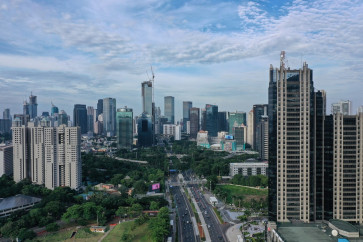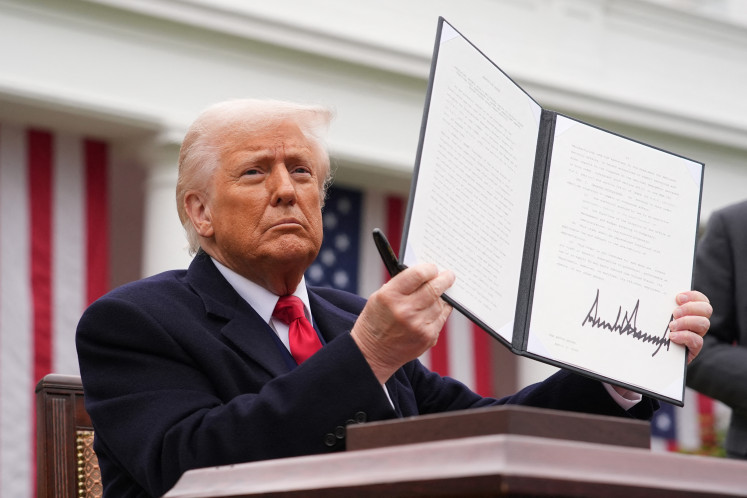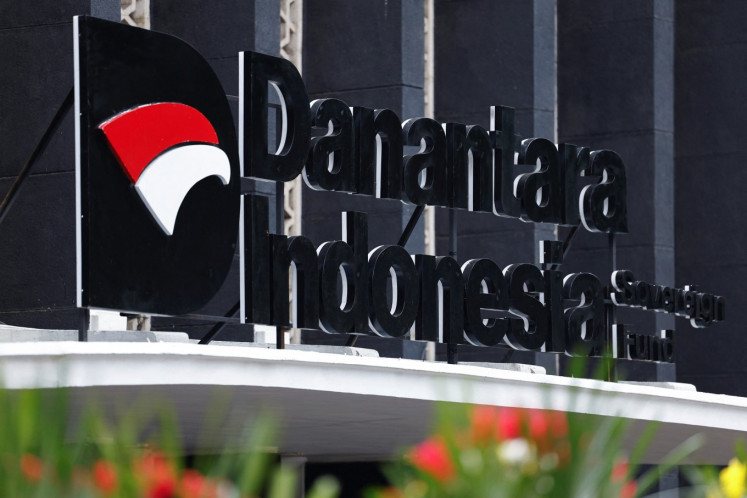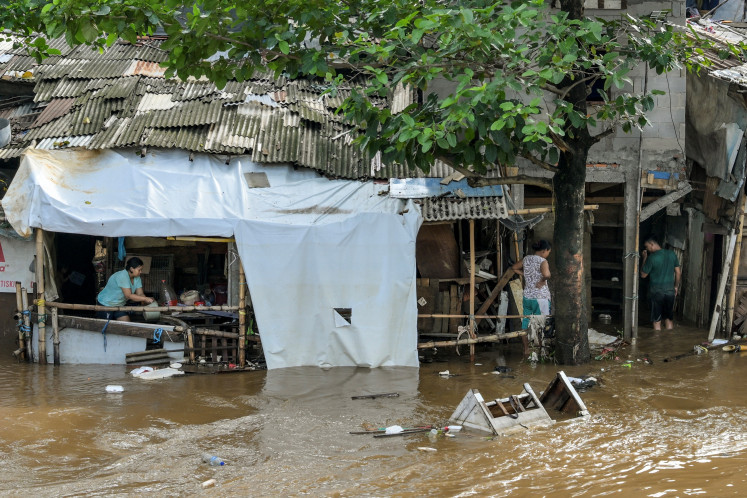Popular Reads
Top Results
Can't find what you're looking for?
View all search resultsPopular Reads
Top Results
Can't find what you're looking for?
View all search resultsIndonesia and implementing the Paris Agreement
On Nov
Change text size
Gift Premium Articles
to Anyone
O
n Nov. 4 the landmark Paris Agreement for global climate action enters into force. This is 30 days after the date when at least 55 parties to the United Nations climate convention — which account for at least 55 percent of total global carbon emissions — deposited their instruments of ratification with the UN Secretary General.
On Oct. 24 President Joko “Jokowi” Widodo signed the Paris Agreement into law as Law Number 16/2016.
On Oct. 19 the House of Representatives unanimously ratified the Paris Agreement to the United Nations Framework Convention on Climate Change. All 10 factions in the 560-seat House gave it their thumbs up.
Two weeks earlier on Oct. 4 the 28-member European Union ratified the agreement. That act marked the reaching of the threshold for the agreement to enter into force.
After depositing its instrument of ratification, Indonesia can sit in the agreement’s governing body, the CMA, which will meet at the annual UN climate conference in Marrakech, Morocco, on Nov. 7-18.
The full name of this body is a mouthful: the Conference of the Parties to the Convention serving as the meeting of the Parties to the Paris Agreement.
The Paris Agreement was achieved at the 21st annual climate conference in the French capital on Dec. 12, 2015. Its core aim is to check the rise in average global temperatures to below 2 degrees Celsius above pre-industrial levels and further curb that rise to 1.5 degrees.
The agreement brings the world’s nations, developed and rising economies, together to deal with the impacts of climate change using a legally binding approach.
When the CMA governing body meets in Marrakech, Indonesia and all parties that have deposited their ratification instruments can give their input regarding how to implement the Paris Agreement. Finance and new technology are two crucial subjects up for review.
Indonesia will surely insist on a clear mechanism for the Green Climate Fund, a US$100 billion annual pledge set to start in 2020. On technology, Indonesia could seek adoptable applications in renewable energy and reducing emissions from land-based activities.
What does ratifying the Paris Agreement mean for Indonesia? The answer is in the new law.
Law number 16/2016 has only two articles, the declaration to ratify the law and the date when it enters into force. However it is supported by a six-page elucidation and a 55-page academic paper.
The elucidation states that as a multi-island nation with a diverse multitude of natural resources, Indonesia has major potential to be at the receiving end of negative climate impacts. It also has large potential to contribute to mitigation and adaptation to counter the negative impacts of climate change.
The academic paper goes further by expanding on four points.
First, it spells out the issues Indonesia faces in dealing with climate change.
Second, it explains the legal issues that were the basis for Indonesia’s ratification of the Paris Agreement.
Third, it lays out the philosophical, sociological and judicial basis for making the Paris Agreement law.
Fourth, it elaborates the targets to be achieved and the reach of the law.
What may spark some people’s interest is the relevant issues the academic paper does not raise. The paper does not cite the specific approaches Indonesia has taken in its climate action. This includes its REDD+ initiative to reduce land-based emissions from deforestation and forest degradation.
A more recent initiative is the establishment of the Peat Restoration Agency (BRG) in January 2016. Its central aim is the rewetting of peatland to prevent the recurrence of massive fires that torched more than 2.6 million hectares of forest and peat swamp in late 2015.
On energy-based emissions, the academic paper does not mention Jokowi’s 35,000 megawatt energy plan, of which 20,000 MW, or 57 percent, comes from coal. The paper does not discuss the energy plan, moreover its implications.
The President’s energy plan can undercut Indonesia’s target of a 29 percent emissions reduction by 2030 that Jokowi announced in Paris on Nov. 30, 2015.
The paper however does suggest revision of the 2009 minerals and coal mining law pointing out that burning coal emits large amounts of greenhouse gases.
What Indonesia does domestically and internationally in the CMA governing body should focus on doable and deliverable climate solutions. On energy the solution is to switch from carbon emitting fossil fuels such as oil and coal to clean, renewable energy.
Indonesia can still harness plentiful solar energy as well as wind and tidal wave power. This has not yet been realized on a large scale due to funding constraints.
On land-based emissions Indonesia is on track with its REDD+ program and peat restoration. Another solution is the capture and underground storage of carbon emissions. Technology in CCS (carbon capture and sequestration) is not yet viable on a major scale.
However, more can be done. Climate campaigner Al Gore, the former US vice president, and sustainable development professor Jeffrey Sachs at Columbia University have both batted vigorously for another solution: a carbon tax.
Tax the carbon emitters including peat burners. Use the tax for subsidies and research funding for renewable energy, CCS and for Indonesia in peat restoration and damaged forest rehab.
These are the solutions that should be stated in workable climate plans and unleashed for action. Implementing the Paris Agreement should bring on these solutions.
_______________________________
The writer, a senior journalist, teaches at Dr. Soetomo Press Institute (LPDS), Jakarta.










